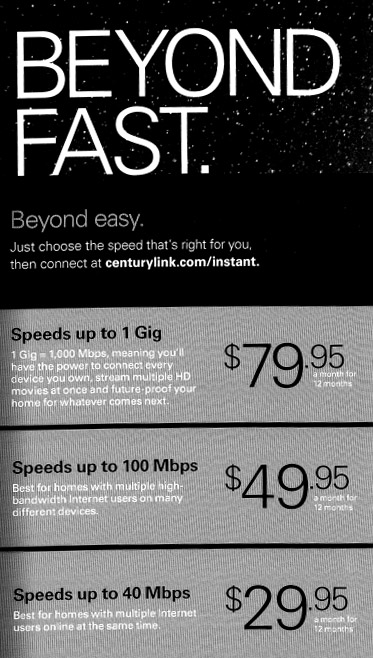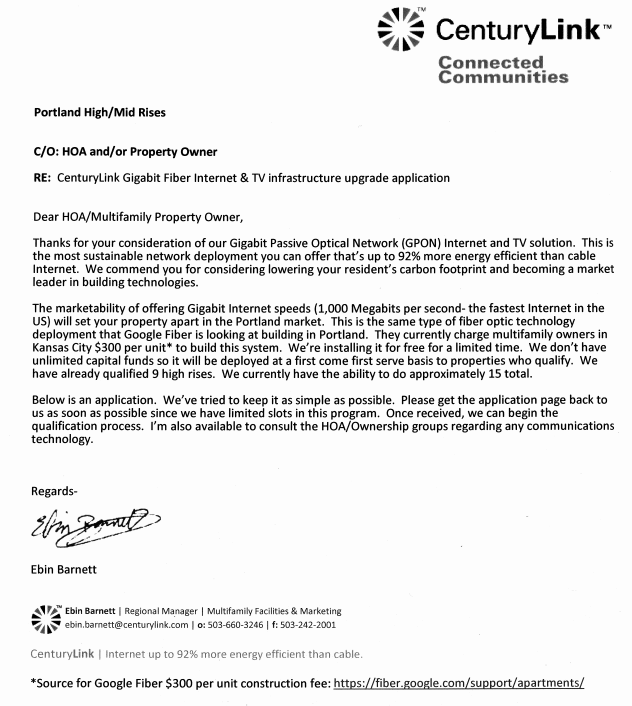"DIY Tools and Strategies for Communities Google Fiber is NOT Calling" Webinar from Blandin May 8th, 3 - 4 p.m.
The Blandin Foundation is hosting another informative webinar on May 8th from 3-4 p.m. central. This free webinar will focus on some of the most common issues facing communities that want to move forward with broadband initiatives. Ron Corriveau of COS Systems will offer his expertise. The webinar is titled “DIY Tools and Strategies for Communities Google Fiber is NOT calling.”
From the Blandin webinar announcement:
When community broadband advocates gather around the table to launch broadband initiatives with the ultimate goal of FTTH network deployment, many questions quickly emerge. Important considerations of cost, consumer demand, network design rise to the top of the discussion. Unfortunately, in most community initiatives, there is a shortage of engineers, marketing analysts and utility construction expertise serving on local task forces. How can a community get an initial understanding of the deployment and business opportunities without hiring a full slate of consultants? How can a community deal on more equal footing with prospective network provider partners? COS Systems has technology that can help communities through these initial stages and provide ongoing value through the stages of project development. Learn more about best practices in broadband project planning and design process.
Registration is easy. See you then!




 The promotional sheet claims CenturyLink will offer speeds "up to" 1 Gig for $79.95/month for 12 months. 100 Mbps runs $49.95 and 40 Mbps is $29.95 - each for 12 months. No mention of upload speeds but CenturyLink has demonstrated a real aversion to symmetry so users can expect far slower upstream than what modern municipal networks and Google fiber deliver.
The standard operating procedure in apartment buildings will be for CenturyLink to try to lock up the internal wiring to buildings and deny it to competitors. FCC rules make exclusive agreements with landlords unenforceable, but there are a host of tricks that incumbents use to prevent any competition and landlords getting a kickback often have little reason to encourage competition.
The CenturyLink copy notes that its fiber optic GPON option is "up to" more than 92 percent energy efficient than cable modem Internet access. I have to wonder how it compares to DSL energy efficiency and whether that number holds up better than the "up to" 12 Mbps claims they make on DSL circuits that seldom peak at 5 Mbps.
At any rate, it is more than we can expect in the many communities CenturyLink is serving where there the local government have done nothing to spur competition by investing in publicly owned assets that could form a municipal network or be used to entice independent service providers to enter the market. In particular, I would be curious where else CenturyLink is rolling out fiber to buildings without any upfront charges.
The promotional sheet claims CenturyLink will offer speeds "up to" 1 Gig for $79.95/month for 12 months. 100 Mbps runs $49.95 and 40 Mbps is $29.95 - each for 12 months. No mention of upload speeds but CenturyLink has demonstrated a real aversion to symmetry so users can expect far slower upstream than what modern municipal networks and Google fiber deliver.
The standard operating procedure in apartment buildings will be for CenturyLink to try to lock up the internal wiring to buildings and deny it to competitors. FCC rules make exclusive agreements with landlords unenforceable, but there are a host of tricks that incumbents use to prevent any competition and landlords getting a kickback often have little reason to encourage competition.
The CenturyLink copy notes that its fiber optic GPON option is "up to" more than 92 percent energy efficient than cable modem Internet access. I have to wonder how it compares to DSL energy efficiency and whether that number holds up better than the "up to" 12 Mbps claims they make on DSL circuits that seldom peak at 5 Mbps.
At any rate, it is more than we can expect in the many communities CenturyLink is serving where there the local government have done nothing to spur competition by investing in publicly owned assets that could form a municipal network or be used to entice independent service providers to enter the market. In particular, I would be curious where else CenturyLink is rolling out fiber to buildings without any upfront charges.
